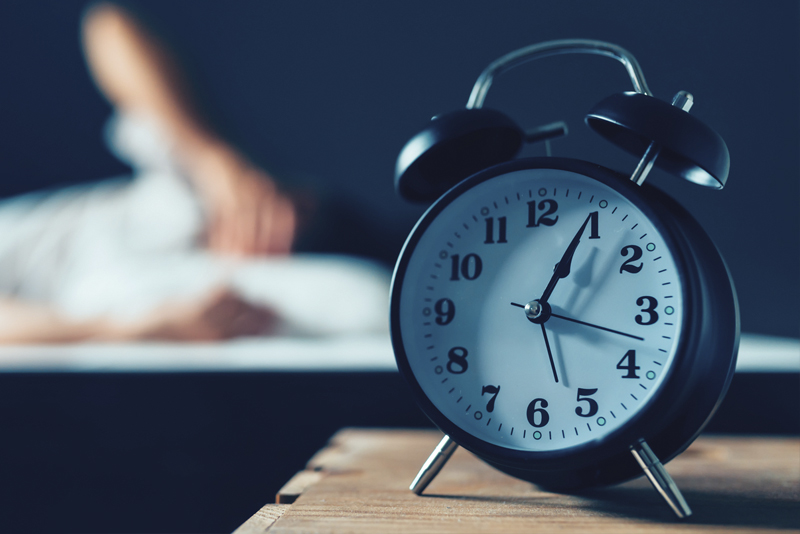What Is Polyphasic Sleep?
Polyphasic Sleep Explained – Sleep schedules affect productivity levels as well as overall health. Failure to get enough sleep results in a sleep debt [1] that can be detrimental to our livelihoods. Different cultures strive to maintain good sleep hygiene in different ways. Some societies take advantage of naps, while others attempt to obtain their sleep during one block of time (usually at night). These sleeping patterns are classified into three types: monophasic, biphasic or polyphasic.
Polyphasic Sleep
What Is Polyphasic Sleep • Biphasic Sleep Schedule
Sleep Pattern • Biphasic Sleep History

How Does Each Sleep Pattern Differ?
First, it’s important to understand how the three different sleep pattern classifications differ. Polyphasic sleep schedule: These sleepers break down their sleeping into small portions, usually four to six episodes of sleep in a 24-hour period. Monophasic sleep schedule: Most Americans follow a monophasic sleeping schedule with one portion of consistent sleep during a 24-hour sleep-wake cycle. This portion usually lasts for seven to eight hours.
Biphasic sleep schedule: Biphasic sleepers get their rest in two blocks of time over a 24-hour period. Typically, this is divided into a long period during the night and a shorter nap during the day.
Polyphasic Sleep
What Is Polyphasic Sleep • Biphasic Sleep Schedule
Sleep Pattern • Biphasic Sleep History

History Of Polyphasic Sleep
Animals follow polyphasic sleep patterns, and early humans did as well. As time went on, many humans adjusted to a monophasic schedule in sync with their circadian rhythm.
Interestingly, there are several historical [2] figures who were documented polyphasic sleepers. Two of these include Thomas Edison and Leonardo Da Vinci. Even today, new mothers often follow a polyphasic sleep pattern in order to match their baby’s sleep.
Supporters of polyphasic sleep cycles believe that humans are naturally polyphasic sleepers. They believe reducing light sleep and increasing the time spent in deep sleep (slow-wave) dream sleep (REM sleep) lessens our total number of sleep hours and encourages better performance during the day.
It is believed that following a polyphasic sleep cycle teaches your body to function well with minimal sleep because every time you do fall asleep, you go into REM sleep almost immediately.
Polyphasic Sleep
What Is Polyphasic Sleep • Biphasic Sleep Schedule
Sleep Pattern • Biphasic Sleep History

Polyphasic Sleep Schedule Options
If you are a monophasic sleeper, chances are you will feel groggy when switching to a polyphasic sleep. This is entirely understandable as your body needs to adjust to this sleep pattern. If you are willing to give this sleep routine a try, you might want to consider these polyphasic sleep schedules:
Uberman Schedule –
The Uberman sleep schedule consists of six 20-minute naps within a day. This means one nap every four hours. This can prove challenging when trying to run errands and accomplish goals during the day. The Uberman cycle works best for those that work from home.
Everyman Schedule –
The original Everyman schedule was to get three hours of core sleep with three 20-minute naps spread throughout the day. The revised schedule increased the core to 3.5 hours of sleep. Naps follow an individual’s circadian rhythm with dips in energy signaling your brain that it is time to sleep. The circadian rhythm regulates your sleep-wake cycle. With this sleep schedule, you need to time your core sleep as close to dusk as possible to match that of your circadian rhythm.
Dymaxion Schedule –
Dymaxion [3] is probably the toughest sleep schedule to follow by polyphasic sleepers. The total 24-hour sleep time is two hours. The two hours are divided into four 30-minute naps.
Polyphasic Sleep
What Is Polyphasic Sleep • Biphasic Sleep Schedule
Sleep Pattern • Biphasic Sleep History

Polyphasic Sleep Conclusion
Some adults experience an increase in productivity if they sleep less at night but take naps during the day. Others do not find a polyphasic schedule feasible in their everyday life. In the end, a person’s sleep cycle is a matter of natural preference and necessity.
Polyphasic Sleep Resources;
[1] Harvard Health Publishing, Harvard Medical School; Repaying your sleep debt, May 09, 2018.
[2] The Active Times; Bizarre Sleeping Habits of Famous People, March 19, 2018.
[3] Polyphasic Society; Dymaxion Sleep.


